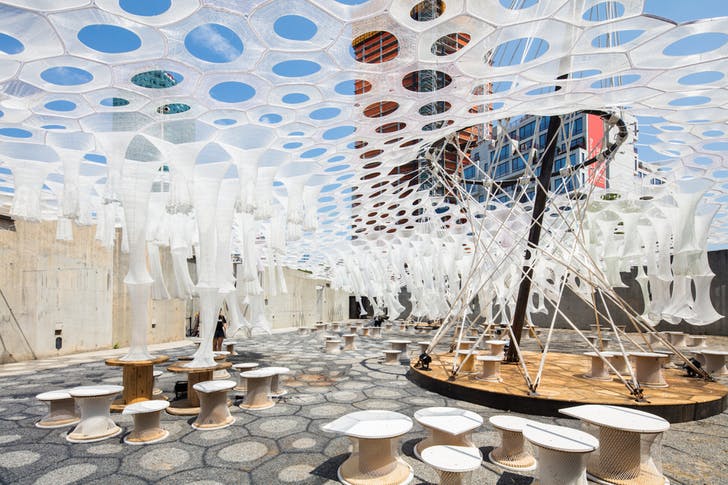
A year ago I developed an interest in the neon lights heritage of my hometown, Hong Kong, and stumbled upon neonsigns.hk, an interactive online exhibit created by the M+ Museum of Visual Culture. Perhaps the thing that I admire the most about this project is the effort that the creators put into shedding light upon a dying custom and celebrating the integral part that such neon signs play in the city’s culture. I also appreciate the multimedia nature of the project, as documenting the history and narratives of neon signs through video, story and interactive live maps (a community effort that goes beyond the original curatorial team, but includes commissions and willing participants) provides a more variegated picture and immerses the viewer in the experience. The ‘Neon Map‘ was created based on Google Maps, though the geographical tags and participant uploads might have been developed with third party software. I believe that the project creators were inspired by museum exhibits in general, but wanted to find a permanent way to preserve this curated exhibit; furthermore, the Neon Map may have been inspired by a walking tour, as interactive elements are embedded in the project. Future opportunities for development and expansion of this project are highly likely, as the ‘Adding Your Neon’ tab encourages viewers to add to the existing narrative and further the legacy of neon signs.
![[OLD FALL 2018] 15-104 • Introduction to Computing for Creative Practice](../../../../wp-content/uploads/2020/08/stop-banner.png)
